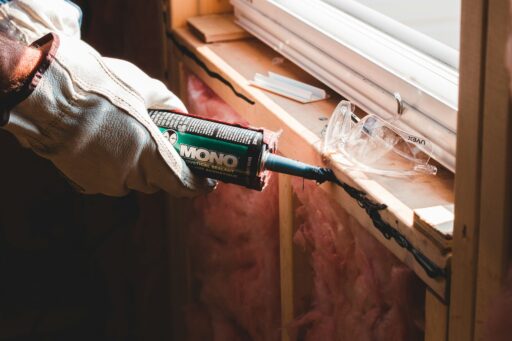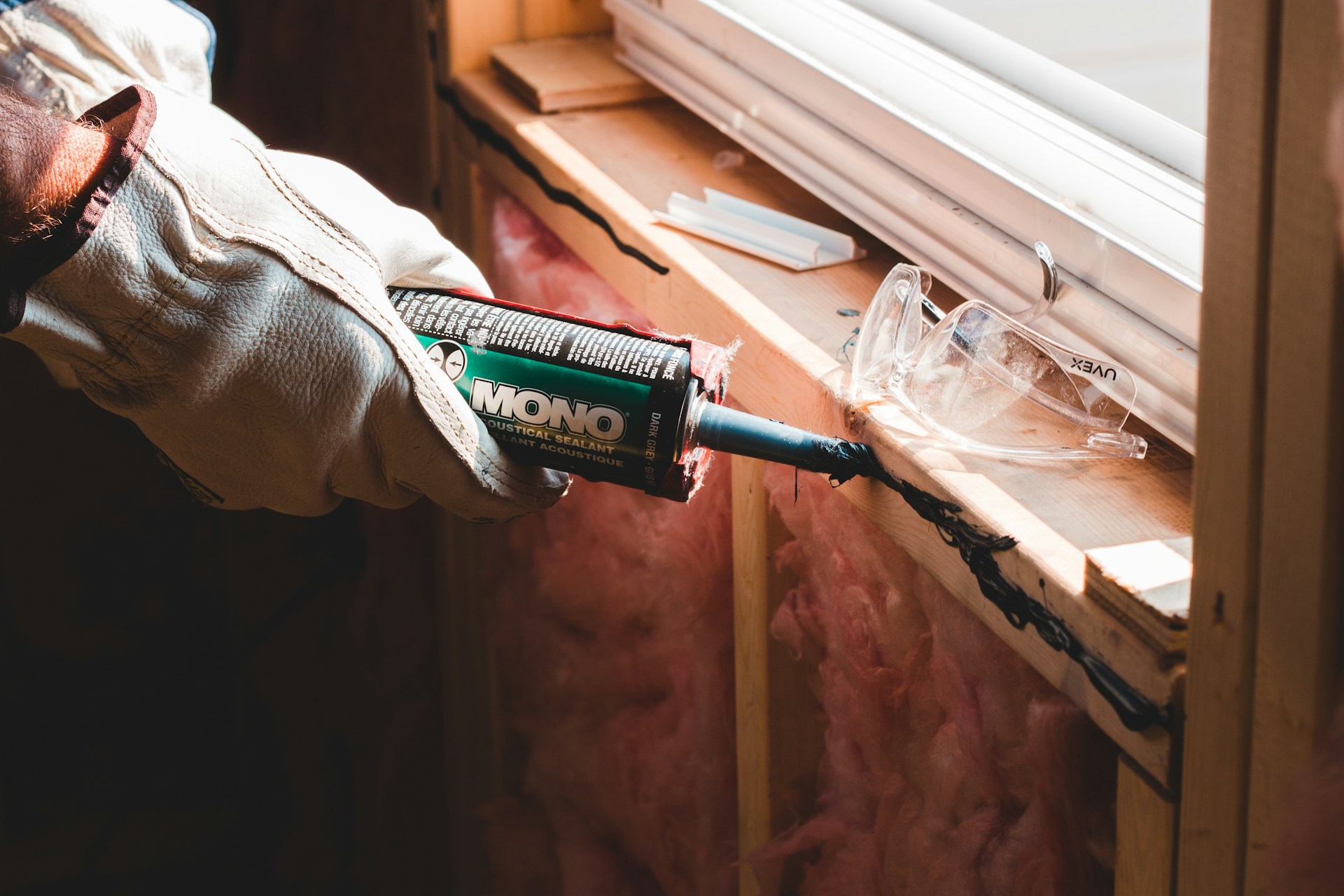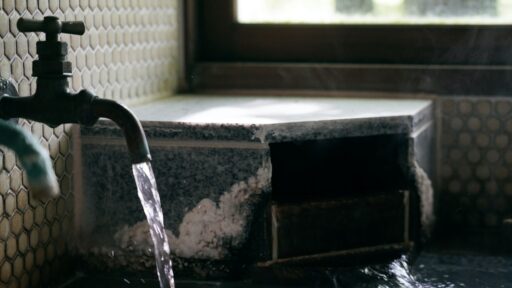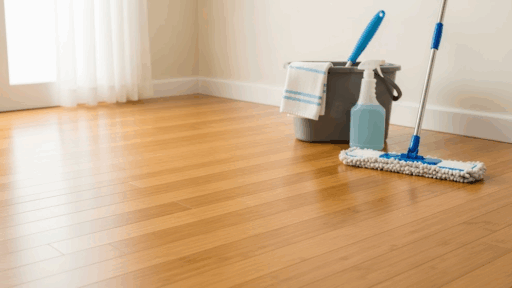Transitioning from active duty to civilian life can come with more than just emotional and logistical challenges. For many veterans, affordable housing options like HUD-VASH provide a critical safety net, but the upkeep of these homes often falls to the resident.
If you’re a veteran in transitional housing or you support someone who is, knowing how to maintain a living space without draining your wallet is a game-changer.
Why Maintenance Matters
A safe, comfortable home environment supports physical well-being and mental recovery. Minor maintenance issues like a squeaky door or cracked caulking might seem insignificant, but over time, they can contribute to stress, energy inefficiency, and even safety risks. Addressing minor fixes early can prevent costly problems later.
Start with a Maintenance Checklist
Creating a monthly or seasonal checklist helps break maintenance into manageable tasks. Start with the basics:
- Test smoke and carbon monoxide detectors
- Check faucet aerators and showerheads for mineral buildup
- Inspect weather stripping on doors and windows
- Look for signs of pests or moisture in hidden corners
- Clean vents and replace air filters
These small checks can make a huge difference in comfort, cleanliness, and long-term functionality.
Budget-Friendly Fixes You Can Do Yourself
Many repairs are DIY-friendly, with just a few basic tools like a screwdriver, a level, and a utility knife. Here are some low-cost ways to upgrade your space:
1. Seal Up Drafts
Drafty windows and doors are a common issue in older housing units. Instead of cranking the heat, try:
- Weatherproofing tape
- Door sweeps
- Removable caulking or clear insulation film
These solutions are inexpensive and reduce your utility bills over time.
2. Fix Worn Doors
Doors that stick, sag, or don’t latch properly can make a space feel less secure and energy-efficient. If tightening hinges or sanding edges doesn’t solve the problem, you may need to replace the door. In some cases, minor adjustments are all it takes to avoid a full replacement.
3. Patch Holes in Walls
Small holes from picture hooks or door handles are easy to patch with a bit of spackle and sandpaper. A fresh coat of paint in a neutral shade like beige or light gray can refresh an entire room on a small budget.
4. Upgrade Lightbulbs and Fixtures
LED bulbs cost more upfront but save money in the long run. If fixtures are dated or not functioning well, thrift stores and ReStores often carry gently used lighting options at a fraction of the cost.
5. Tighten Loose Handles and Hinges
You can often fix wobbly cabinet knobs, squeaky hinges, and shaky towel racks with a screwdriver and a few minutes of attention.
Seasonal Maintenance Priorities
Staying on top of home maintenance is easier when you work with the seasons. Certain tasks are more important depending on the time of year:
Spring:
- Check for roof damage or leaks from winter storms
- Clean gutters and downspouts
- Test sump pumps or drainage systems
Summer:
- Inspect window screens and clean fans or AC filters
- Trim overgrown shrubs or trees around the property
- Check for signs of mold in humid areas
Fall:
- Inspect heating systems and change furnace filters
- Check door thresholds and apply weather stripping
- Store or cover outdoor furniture
Winter:
- Run water occasionally through little-used pipes to prevent freezing
- Use draft stoppers and sealants to block cold air
- Make sure smoke and CO detectors have fresh batteries
These seasonal tasks help extend the life of your home’s systems and reduce the risk of major repairs later.
Knowing When to Call for Help
Some issues require outside expertise, especially when they involve plumbing, electrical systems, or structural integrity. Fortunately, many local handyman services and nonprofits offer sliding-scale support for veterans. If you’re unsure whether a repair is safe to DIY, it’s best to reach out for advice.
You might also qualify for maintenance funding or discounted services through the HUD-VASH program. This program not only connects veterans with housing but may also include help with ongoing maintenance needs.
Tips to Make Maintenance Easier
- Set a reminder: Choose one day a month to do quick checkups.
- Keep a small toolkit: A plastic bin with basic tools and supplies can empower you to act fast.
- Document before and after: Taking photos of small repairs can be helpful for building confidence and sharing with landlords or support workers if needed.
- Lean on your community: Peer groups, local VA reps, or neighborhood Facebook groups often have free resources or volunteers willing to lend a hand.
Encouragement for Veterans
If you’re feeling overwhelmed by your to-do list, remember you’re not alone. Many veterans face the same learning curve when transitioning to life in a new home. Taking even one small step each week, such as tightening a hinge or cleaning a vent, can build momentum.
Community-based programs, VA housing counselors, and online forums offer not only advice but solidarity. You don’t have to know everything, and you don’t have to do it all at once.
With a bit of knowledge, the right tools, and steady effort, you can turn a temporary space into something that feels like home.
Final Thoughts
Home doesn’t have to be perfect to be healing, but a little attention to maintenance can go a long way in creating a space that feels safe, stable, and truly yours. By focusing on practical, budget-conscious fixes, veterans in transitional housing can take control of their living environment and build a stronger foundation for the future.
Whether you tackle a squeaky hinge or take the first step toward securing HUD-VASH support, every slight improvement adds up.







